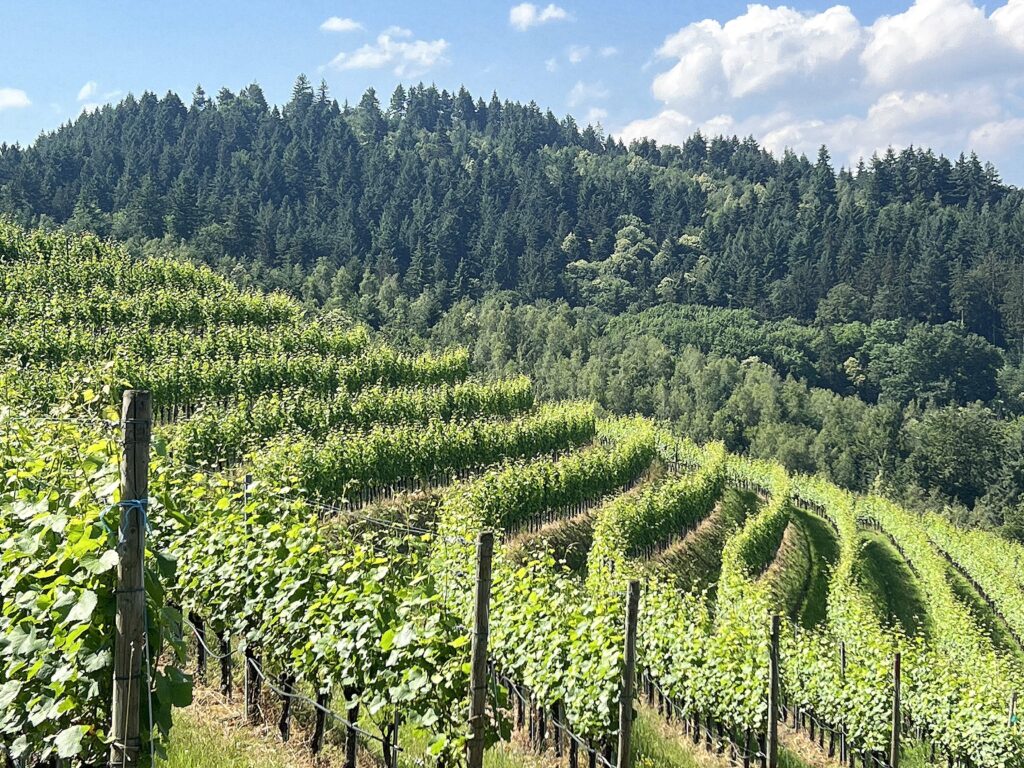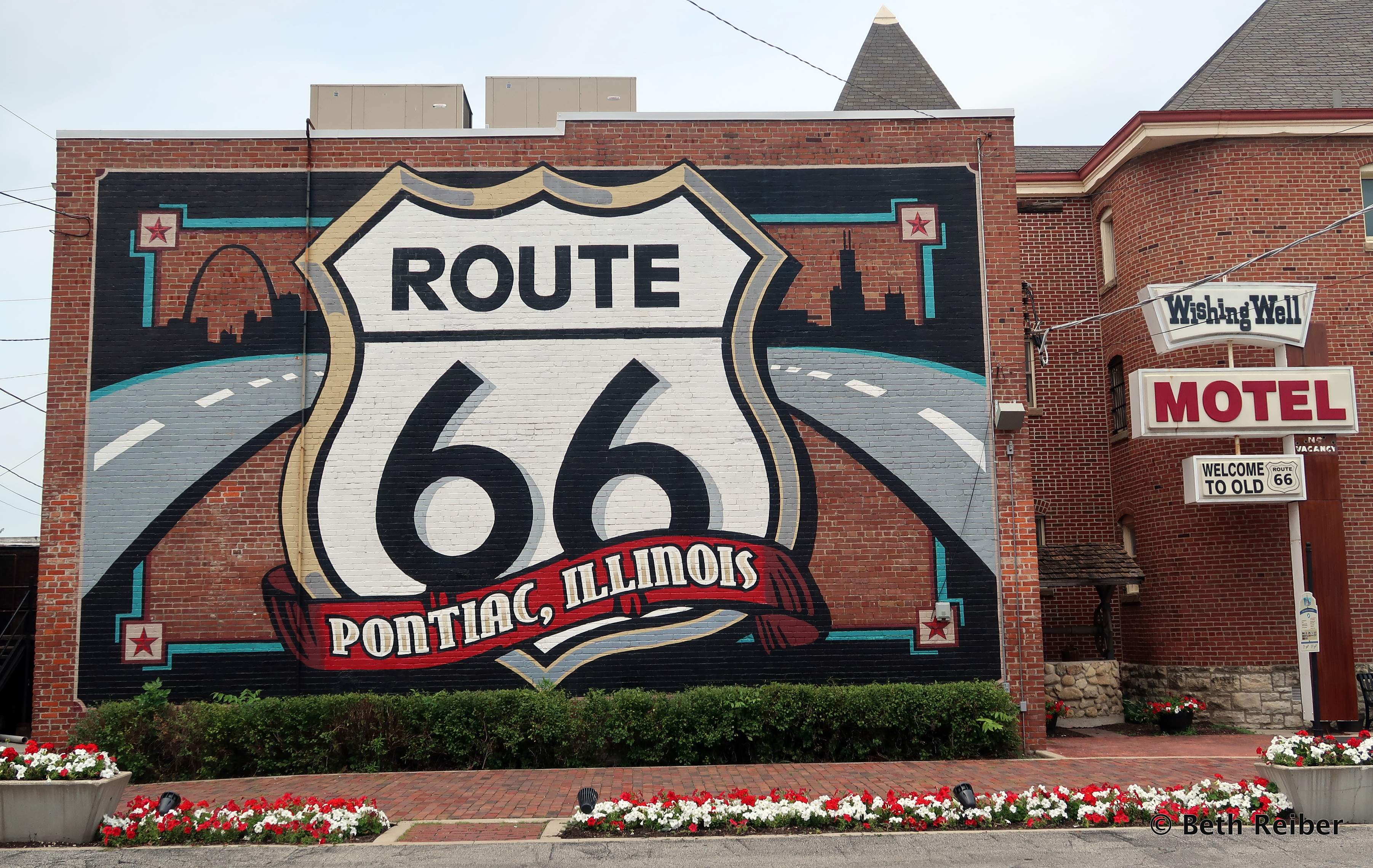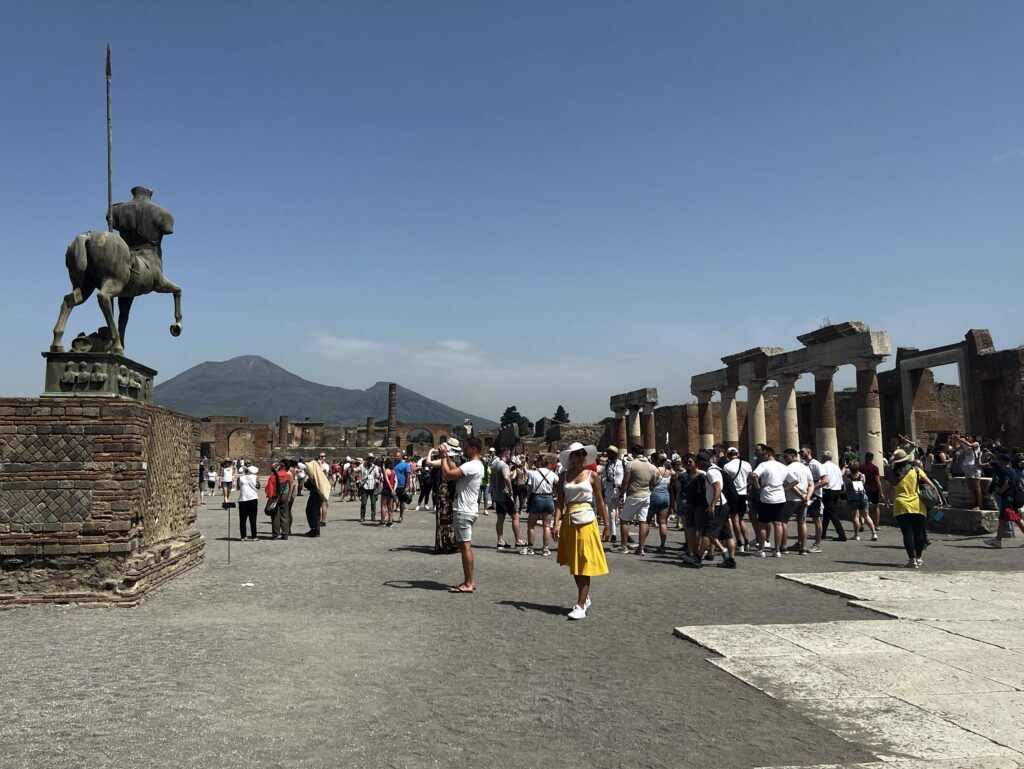I first visited Smitty’s Market, in Lockhart, Texas, about 15 years ago. Weaned on barbecue served up in the Kansas City area, I looked around for bottles of sauce, and, finding none, went up to the counter. I was quickly put in my place when handed a bottle of ketchup.

My embarrassment could have been avoided had I first visited the Museum of BBQ, but that didn’t open until this year, when the world’s first museum dedicated to barbecue made its debut in Kansas City. Not only could I have honed my knowledge of Kansas City barbecue and learned the ins and outs of Texas barbecue, but I also would have gained insight into two other barbecue empires, in Memphis and the Carolinas.
What’s barbecue?
It makes sense that humans have been grilling meats ever since they discovered fire. They continue to do so all over the world, from Korean barbecue to grilled beef in Argentina. But in case you’re playing host to aliens, barbecue in this country means cooking large chunks of meat like beef brisket or pork shoulder over indirect heat, regardless of whether you crank up the heat and cook it fast or turn it low and slow all day.
At the Museum of BBQ, I learned how smoking meat over wood adds flavor and aroma dependent on the soil and climate where that tree grew. Hickory, for example, is a favorite in Kansas City, while oak is the preferred wood in Texas. Nut woods like pecan and fruit woods like cherry are also used. Regardless, the principle is basically the same.

When meat cooks, water is squeezed out, which normally results in tough meat. Adding salt, however, disrupts that chain reaction, drawing water out of the meat and air and then dissolving into a salty water reabsorbed into the meat (it’s more complicated than that, but you’ll have to visit the museum to learn more). I don’t cook with salt (I know, I know), so a major takeaway for me is that I must add salt when barbecuing.
Visiting the Museum of BBQ
The Museum of BBQ is in Crown Center, a Kansas City landmark home to the international headquarters of Hallmark Cards, shops, restaurants, an aquarium, and LEGOLAND, with historic Union Station and the National World WWI Museum and Memorial nearby. In other words, you can spend a whole day in the area.
Access to the Museum of BBQ is past its retail store, through a giant-sized Southern Pride smoker door. But no worries, as the only thing smoked might be your brain trying to absorb all the information. The education starts by describing the ways Native Americans, African Americans, and European immigrants contributed to how we barbecue today. Visitors learn the differences between grilling, barbecuing, and smoking; how various smokers work, from bullet to pellet; and the secret to good rubs and sauces.
One of my favorite things is the listening station where pitmasters give tips on building flavor. One of the most important tips? Letting the meat rest after cooking, good advice for those impatient cooks out there, provided by Joe Pearce of Slap’s BBQ in Kansas City.

For families, there are interactive displays, such as the giant pig puzzle (where, exactly, does that shoulder butt go?) and the ring toss onto horns of a steer. Kids of all ages might want to jump into the pit filled with 8,000 “beans,” courtesy of Bush’s® Beans (don’t worry, they aren’t real baked beans). Everyone can roll their eyes at corny “dad” barbecue jokes, like “Why are pigs bad drivers?” ” They hog the road.”

Museum of BBQ explains regional differences
But probably the most interesting aspect for me at the Museum of BBQ was learning about regional differences and how they came to be.
Carolina’s barbecue
In the Carolinas, it’s mainly pork that is pulled, chopped and served in a sandwich topped with homemade coleslaw. Some areas use the whole pig, while others use the shoulder or butt or hind quarter. Sauces vary, from those with tomato or vinegar and pepper to the mustard-based sauce I had in Charleston, S.C., that can be traced to German settlers in the 18th century.
Memphis barbecue
Pork is king in Memphis, too. You can order it as a pulled pork sandwich, but really what we’re talking about are ribs. It’s usually a dry rub seasoned with garlic, onion, brown sugar, paprika, other spices and that all-important salt, then cooked low and slow over hickory. But there’s also a wet rub that’s mostly tomato based.
Texas barbecue
Don’t mess with Texas, especially when it comes to barbecue (in fact, if you want to get into a heated discussion anywhere in barbecue country, state your preferred barbecue restaurant). As might be expected in cattle country, beef is the meat of choice, simply seasoned with a dry rub and cooked over oak. Texas is especially famous for its brisket, and one of the more useful aspects of the Museum of BBQ is that it tells you how to order it, from fatty to lean to brisket with bark (the crispy outer layer).

Of course, Texas being as big as it is, there are regional variations. In central Texas, for example, German and Czech immigrants who settled in towns like Fredericksburg and Lockhart in the 1800s naturally added pork and sausage to the barbecue lexicon. Sides used to be limited to pickles and onions, but now potato sauce, coleslaw and beans are often on the menu. Some regions are even big on sauces.

Kansas City barbecue
It’s no surprise the world’s first Museum of Barbecue is in Kansas City. It is, after all, home to more than 100 barbecue restaurants and the world’s biggest barbecue competition, the American Royal.
Kansas City is known its burnt ends, which are the tips of brisket smoked until crisp and charred and served with sauce. In fact, burnt ends are so beloved, it’s not unusual for a restaurant to run out of them, but there’s also pulled pork, both beef and pork ribs, chicken, and turkey.
Sauces are another Kansas City specialty, usually a combination of Midwestern tomatoes and molasses, along with pepper and other spices that differ from place to place. In fact, there are so many variations, it’s probably safe to say that there are more types of barbecue sauces in Kansas City than anywhere else in the world.
A few Kansas City barbecue restaurants to get you started
You’re likely to end up hungry after touring the Museum of BBQ. Arthur Bryant’s is the granddaddy of barbecue restaurants in town, once rated by writer Calvin Trillin as the “single, best restaurant in the world.” Former presidents Harry Truman, Jimmy Carter, and Barack Obama have all paid tribute to this modest eatery in the historic Black district of 18th & Vine. Its gritty sauce is addictive, made from a secret recipe that includes cayenne, paprika, and vinegar. Gates B-B-Q, in business since 1945, is also one of the most famous barbecue restaurants in town, with several branches, all with the same signature red roof.

I also like Joe’s Kansas City Bar-B-Que, which opened in a gas station in 1997 and is still going strong (specialty sides include BBQ beans and seasoned fries). Slap’s BBQ was opened by brothers Mike and Joe Pearce after their resounding success in barbecue competitions and is one of the few restaurants still actively competing. Barbecue restaurants are usually roll-up-your-sleeves kind of places, but in case you want finer dining, there’s that, too, at Jack Stack in the trendy Crossroads Art District.

Evolving barbecue
Maybe a visit to the Museum of BBQ will inspire you to create your own masterpieces when you take home recipes for Mrs. Lyndon B. Johnson’s barbecue sauce or a Kansas City dry rib rub.
After all, barbecue is always evolving, so in Memphis there’s also barbecue bologna, barbecue spaghetti and barbecue pizza. When I revisited Smitty’s Market this year, I was surprised to see barbecue sauce on the table, the result, perhaps, of all those transplants driving down from Austin. Unchanged, however, is that meals are still served on butcher paper.
Boundaries no longer being what they were, you can find a Carolina pork sandwich at Joe’s in Kansas City. I recently had a Carolina pork sandwich with a tangy vinegar and red pepper sauce at Pane e Vino (left), a wine restaurant in Lawrence KS that offers pop-up menus.

I read this quote by Anthony Bourdain at The Museum of BBQ: “Barbecue may not be the road to world peace, but it’s a start.”
Amen.
For more on the Museum of BBQ, read this article I wrote for frommers.com, The “World’s First” Barbecue Museum Opens in Kansas City.





